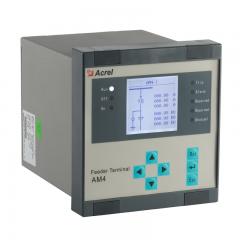Why Need To Use Partial Discharge Detector
At this stage, metal-enclosed switchgear is widely used in the power system, so the stability and reliability of the switchgear operation is the top priority. Defects such as bubble gaps, impurities, spikes and other defects in the insulation of medium-voltage electrical equipment make the electric field distribution inside the insulation of the switch cabinet uneven under the action of strong electric field, and
the electric field strength in the defective part will increase, which will easily lead to the discharge of the part that does not penetrate the entire insulation, that is, partial discharge. Partial discharge generally does not cause the penetrating breakdown of the internal insulation of the switchgear, but it can lead to local damage to the insulating medium. If it exists for a long time, it will cause the destruction of the electrical strength of the insulation device under certain conditions, and eventually cause the insulation breakdown
inside the switchgear. For electrical equipment, partial discharge of electrical equipment is one of the important reasons for the aging or deterioration or even damage of its insulation, resulting in equipment damage and power system accidents, and it is also a sign of degradation of equipment insulation integrity.
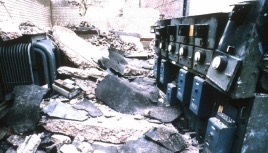 Accidents caused by switch cabinet insulation
Accidents caused by switch cabinet insulation
 White powdery corrosion products produced by corona discharge
White powdery corrosion products produced by corona discharge
 Cable insulation breakdown caused by cavitation discharge
Cable insulation breakdown caused by cavitation discharge
How Acrel APD300 Working
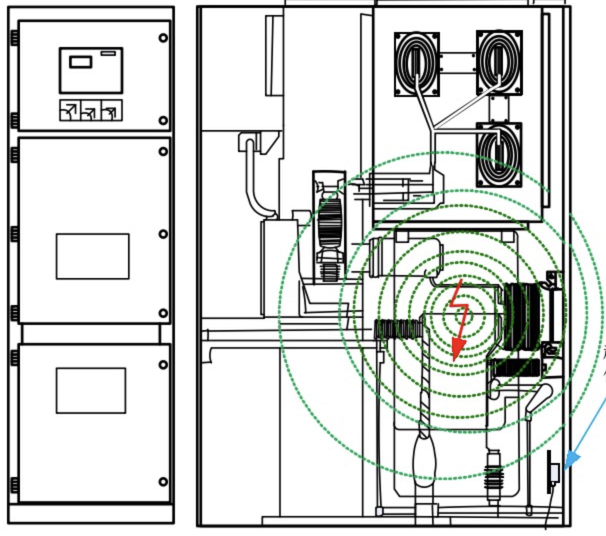
-
Partial discharge phenomenon in switchgear
When partial discharge occurs in electrical equipment, it is accompanied by a series of physical phenomena such as electricity, light, sound, and heat. Therefore, the monitoring and inspection methods for partial discharge in high-voltage switchgear are all carried out based on detecting these physical quantities that can reflect the partial discharge phenomenon.
-
Partial discharge monitoring methods for switchgear: acoustic wave
The Transient Earth Voltage (TEV) method is based on Maxwell's electromagnetic field theory. When partial discharge occurs in a high-voltage switchgear, it will generate an alternating electromagnetic field and excite electromagnetic waves. The electromagnetic wave signals will propagate inside the cabinet and leak to the cabinet shell at places where the shielding is discontinuous. The leaked electromagnetic wave signals will induce an induced current on the shell, and form a pulse voltage through the wave impedance existing on the surface of the equipment, which is the transient earth voltage signal, referred to as TEV for short.
-
Partial discharge monitoring methods for switchgear: transient earth voltage
The ultrasonic detection method utilizes the fact that partial discharge occurs in a relatively short time with high instantaneous power. The released energy will be absorbed by the surrounding medium in the form of heat. After being heated, the molecules will form a sound source and generate ultrasonic signals. Due to the short discharge time, the generated sound waves have a very wide frequency spectrum. The ultrasonic signals propagate in the switchgear cabinet, are received by the piezoelectric crystal of the sensor and converted into electrical signals, which are then further amplified and collected for subsequent analysis.
-
Partial discharge monitoring methods for switchgear: ultra-high frequency
The theoretical basis of the ultra-high frequency method is that the electromagnetic waves excited when partial discharge occurs in the switchgear can reach a maximum frequency of up to the GHz level. The electromagnetic signals at this frequency can be received by the antenna sensor installed in the switchgear, so as to further analyze the signals and determine the fault type and fault distance, etc.
Acrel APD300 Function
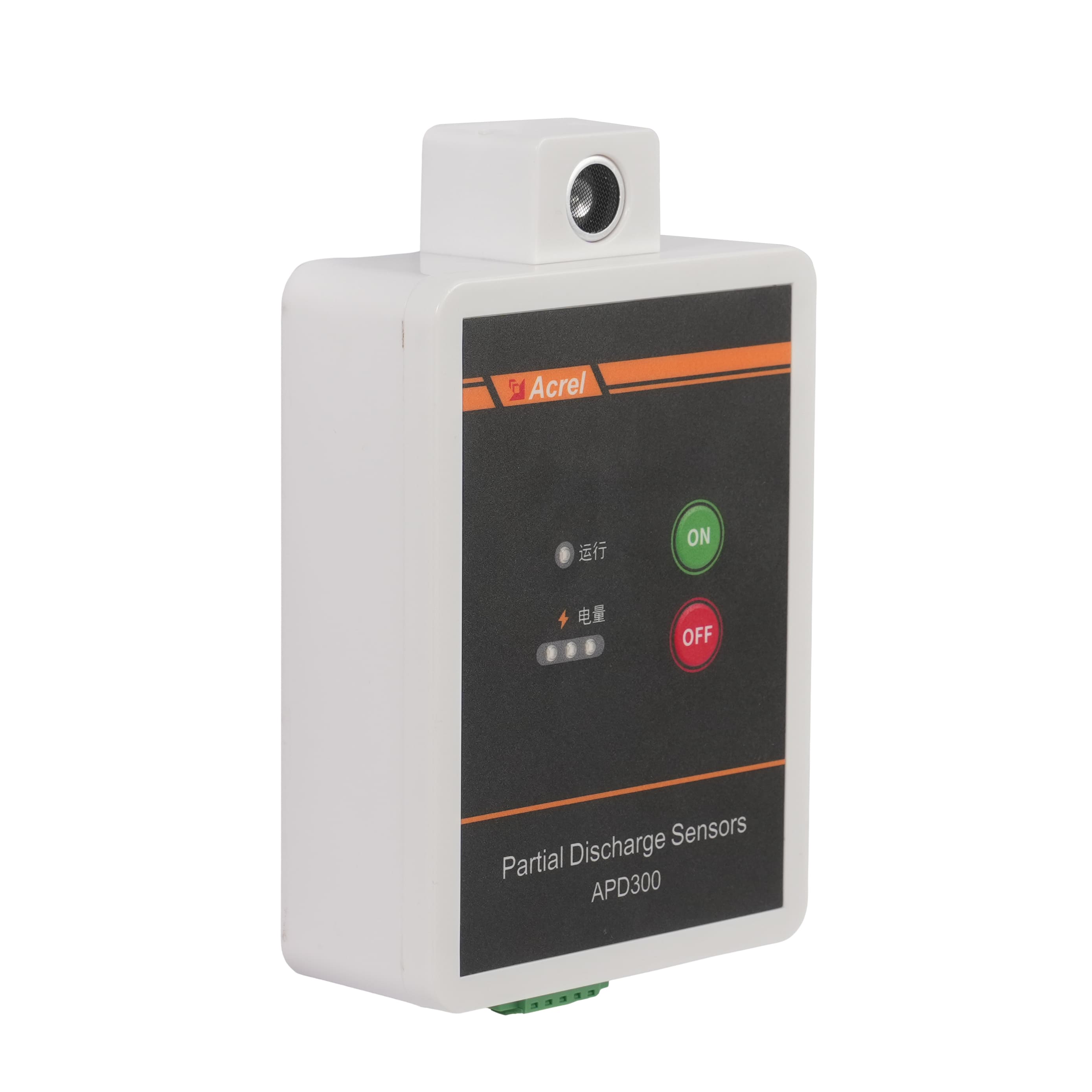
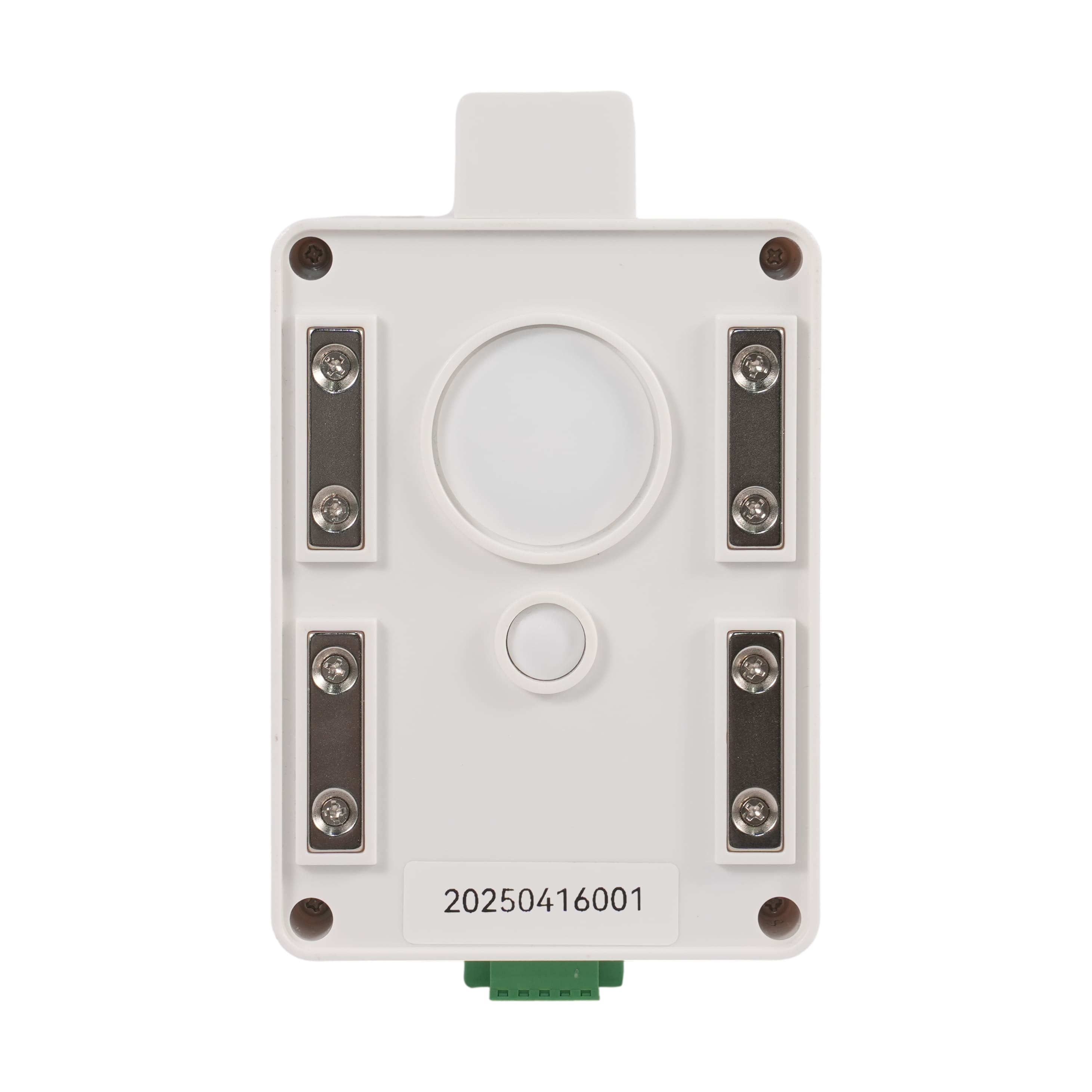
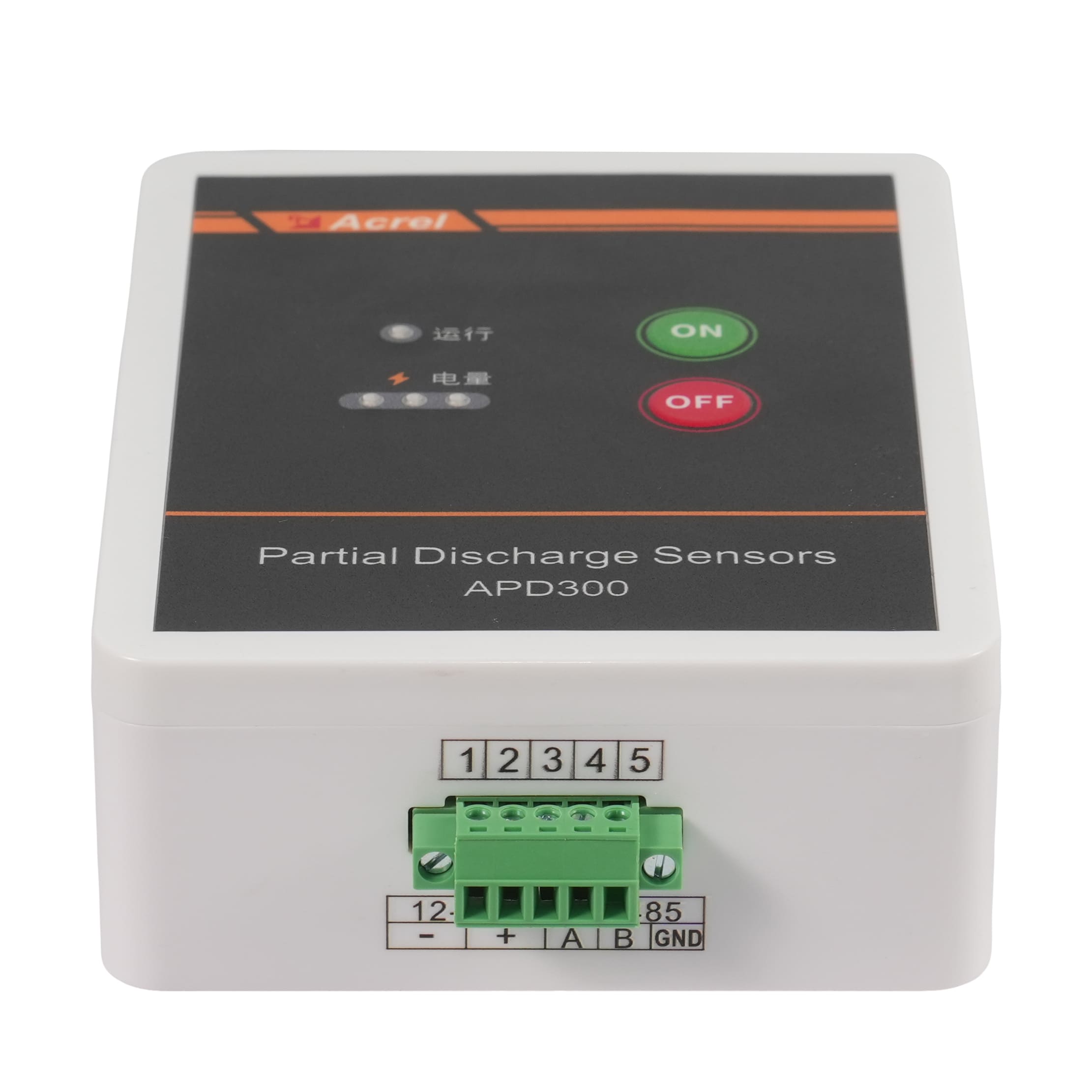
Parameter
APD300-L
Power
DC 9-36V
Communication
RS485(MODBUS-RTU)
Sampling
4s
PD Monitoring Sensors
Ultrasonic Sensors (AE)
Measuring range
0~70dBμV
Resonant frequency
40kHz±1kHz
Ground Wave Sensors (TEV)
Resonant frequenc
Measuring range
0~60dBmV
Bandwidth
3MHz~100MHz
Ultra-High Frequency Sensors (UHF)
Measuring range
-70~10dBm
Bandwidth
300MHz~1500MHz
Average Equivalent Height
≥10mm
Environment
Noise measuring range
30dB~130dB
Temp measuring range
-40℃~85℃
Humidity Measuring Range
0~100%RH
Usage Environment
Temperature
-40℃~85℃
Relative humidity
≤95%RH
Dimensions
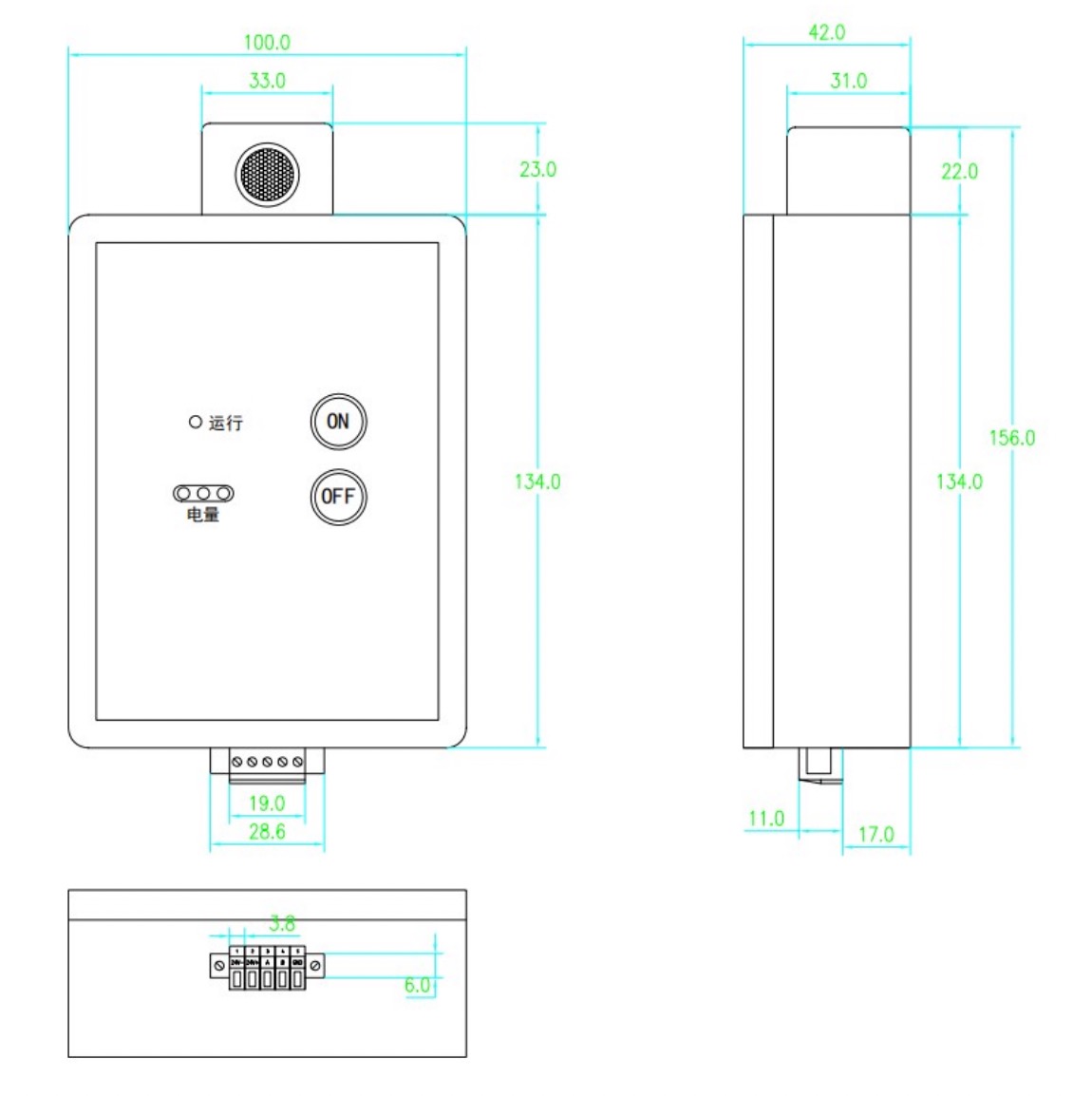
Wiring
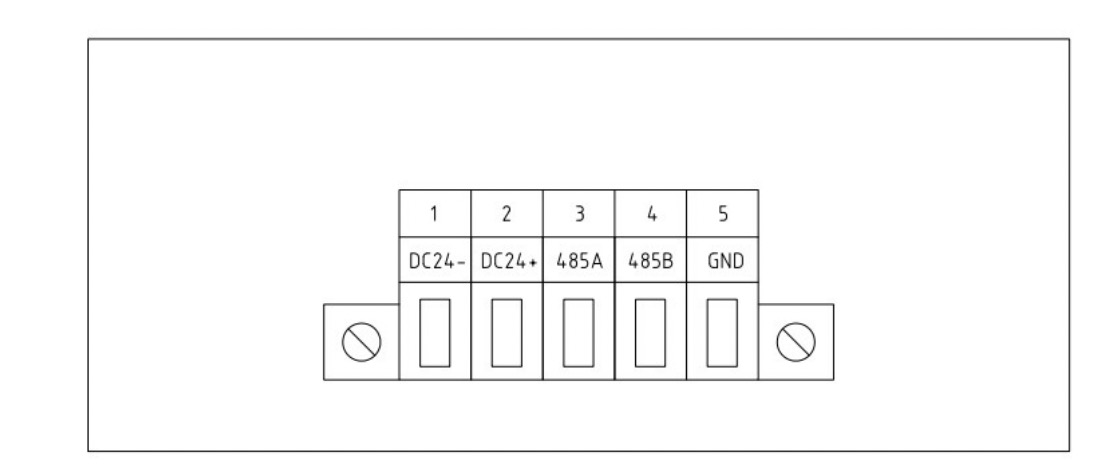
Site Photo


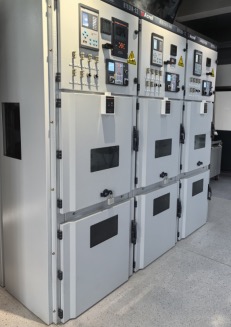
Why Need To Use Partial Discharge Detector
At this stage, metal-enclosed switchgear is widely used in the power system, so the stability and reliability of the switchgear operation is the top priority. Defects such as bubble gaps, impurities, spikes and other defects in the insulation of medium-voltage electrical equipment make the electric field distribution inside the insulation of the switch cabinet uneven under the action of strong electric field, and
the electric field strength in the defective part will increase, which will easily lead to the discharge of the part that does not penetrate the entire insulation, that is, partial discharge. Partial discharge generally does not cause the penetrating breakdown of the internal insulation of the switchgear, but it can lead to local damage to the insulating medium. If it exists for a long time, it will cause the destruction of the electrical strength of the insulation device under certain conditions, and eventually cause the insulation breakdown
inside the switchgear. For electrical equipment, partial discharge of electrical equipment is one of the important reasons for the aging or deterioration or even damage of its insulation, resulting in equipment damage and power system accidents, and it is also a sign of degradation of equipment insulation integrity.

Accidents caused by switch cabinet insulation

White powdery corrosion products produced by corona discharge

Cable insulation breakdown caused by cavitation discharge
How Acrel APD300 Working

-
Partial discharge phenomenon in switchgearWhen partial discharge occurs in electrical equipment, it is accompanied by a series of physical phenomena such as electricity, light, sound, and heat. Therefore, the monitoring and inspection methods for partial discharge in high-voltage switchgear are all carried out based on detecting these physical quantities that can reflect the partial discharge phenomenon.
-
Partial discharge monitoring methods for switchgear: acoustic waveThe Transient Earth Voltage (TEV) method is based on Maxwell's electromagnetic field theory. When partial discharge occurs in a high-voltage switchgear, it will generate an alternating electromagnetic field and excite electromagnetic waves. The electromagnetic wave signals will propagate inside the cabinet and leak to the cabinet shell at places where the shielding is discontinuous. The leaked electromagnetic wave signals will induce an induced current on the shell, and form a pulse voltage through the wave impedance existing on the surface of the equipment, which is the transient earth voltage signal, referred to as TEV for short.
-
Partial discharge monitoring methods for switchgear: transient earth voltageThe ultrasonic detection method utilizes the fact that partial discharge occurs in a relatively short time with high instantaneous power. The released energy will be absorbed by the surrounding medium in the form of heat. After being heated, the molecules will form a sound source and generate ultrasonic signals. Due to the short discharge time, the generated sound waves have a very wide frequency spectrum. The ultrasonic signals propagate in the switchgear cabinet, are received by the piezoelectric crystal of the sensor and converted into electrical signals, which are then further amplified and collected for subsequent analysis.
-
Partial discharge monitoring methods for switchgear: ultra-high frequencyThe theoretical basis of the ultra-high frequency method is that the electromagnetic waves excited when partial discharge occurs in the switchgear can reach a maximum frequency of up to the GHz level. The electromagnetic signals at this frequency can be received by the antenna sensor installed in the switchgear, so as to further analyze the signals and determine the fault type and fault distance, etc.
Acrel APD300 Function



|
Parameter |
APD300-L | ||
| Power |
DC 9-36V
|
||
| Communication | RS485(MODBUS-RTU) | ||
| Sampling | 4s | ||
| PD Monitoring Sensors | Ultrasonic Sensors (AE) | Measuring range | 0~70dBμV |
| Resonant frequency | 40kHz±1kHz | ||
|
Ground Wave Sensors (TEV)
Resonant frequenc
|
Measuring range | 0~60dBmV | |
|
Bandwidth
|
3MHz~100MHz | ||
|
Ultra-High Frequency Sensors (UHF) |
Measuring range | -70~10dBm | |
| Bandwidth | 300MHz~1500MHz | ||
| Average Equivalent Height | ≥10mm | ||
| Environment | Noise measuring range | 30dB~130dB | |
| Temp measuring range | -40℃~85℃ | ||
| Humidity Measuring Range | 0~100%RH | ||
| Usage Environment | Temperature | -40℃~85℃ | |
| Relative humidity | ≤95%RH | ||
Dimensions

Wiring

Site Photo








